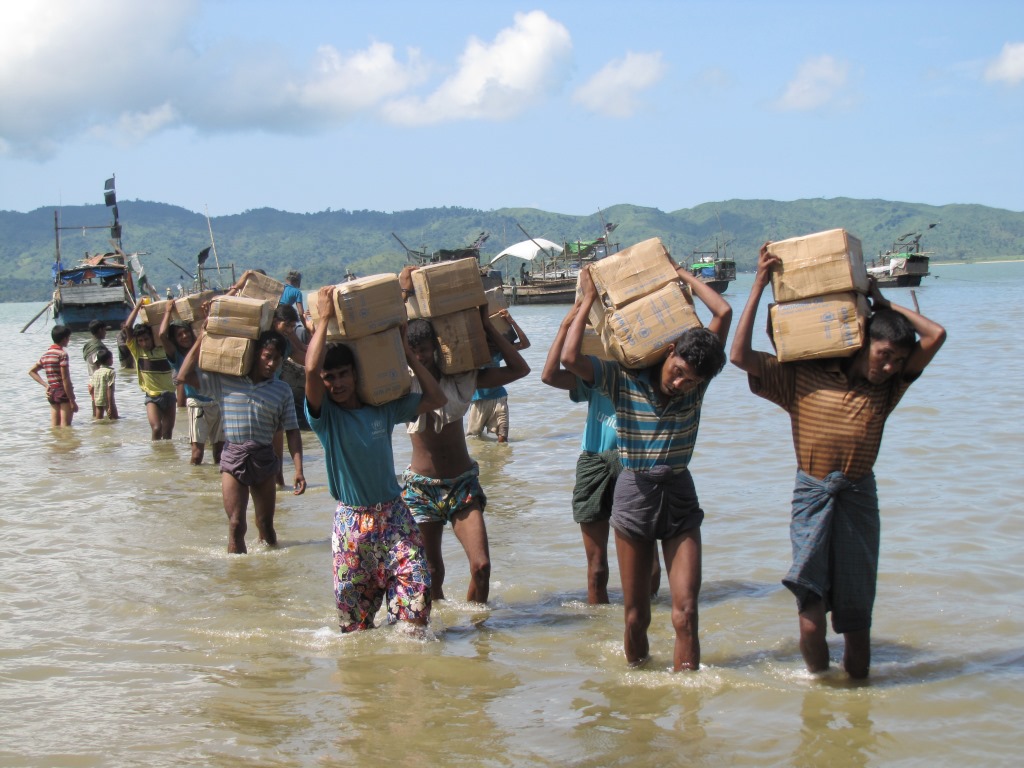No change on the horizon for the 745,000 Rohingya, who for two years have fled to Bangladesh to escape from the violent evacuation operation in Rakhine State at the hands of the Myanmar army. Médecins sans Frontières is carrying out a widespread health care action – 1.3 million medical visits in less than two years, from August 2017 to June 2019. “We treat tens of thousands of patients every month – says a note released by MSF – but little progress has been made to recognize their legal status in the area and address the causes of their exclusion in Myanmar. To date, no significant solution has been offered to the Muslim population of Rohingya, who are forced to live on the margins of society in all countries where they have taken refuge.
Rohingya Refugees in Bangladesh
They continue to live in the same small temporary plastic and bamboo shelters they set up when they arrive. Due to restrictions on travel and work opportunities, they remain completely dependent on humanitarian aid. Poor access to clean water and insufficient latrines contribute to the diseases MSF treats in its clinics in Cox’s Bazar, now considered the world’s largest profuge field. With children unable to attend school, future generations have little chance of improving their condition.
According to the new UNICEF report “Beyond Survival: Rohingya Refugee Children in Bangladesh Want to Learn”, 97% of children between the ages of 15 and 18 do not attend any kind of educational facility. UNICEF and its partners have guaranteed access to education for 192,000 children enrolled in 2,167 learning centres. But there are more than 25,000 children who do not go to school and therefore another 640 learning centres are needed. With this report, UNICEF and other agencies are asking the governments of Myanmar and Bangladesh to allow the use of national educational resources – for example, study programmes, learning and training manuals and assessment methods – to help Rohingya children achieve more structured learning.
Refugees in Myanmar and Malaysia
In 1982, a citizenship law made them effectively stateless. In recent years, they have been deprived of even more rights: from civic inclusion to the right to education, from marriage to family planning, from freedom of movement to access to medical care. In 2012, violence between the Rohingya and communities in the state of Rakhine led to the destruction of many villages. Since then, some 128,000 Rohingya and Kaman Muslims in central Rakhine have been living in overcrowded and precarious displaced camps.
The Rohingya have been fleeing to Malaysia for thirty years, but even here they find themselves suspended in a state of extreme uncertainty and insecurity. The lack of legal status leads them, along with other refugees and asylum seekers, to live in a persistent state of precariousness. Not being able to work legally, they end up in the black market, exploited, sometimes forced into slavery for having contracted debts and exposed to accidents at work. Even while walking down the street or seeking medical treatment, they can be taken to detention centres or end up in extortion.

